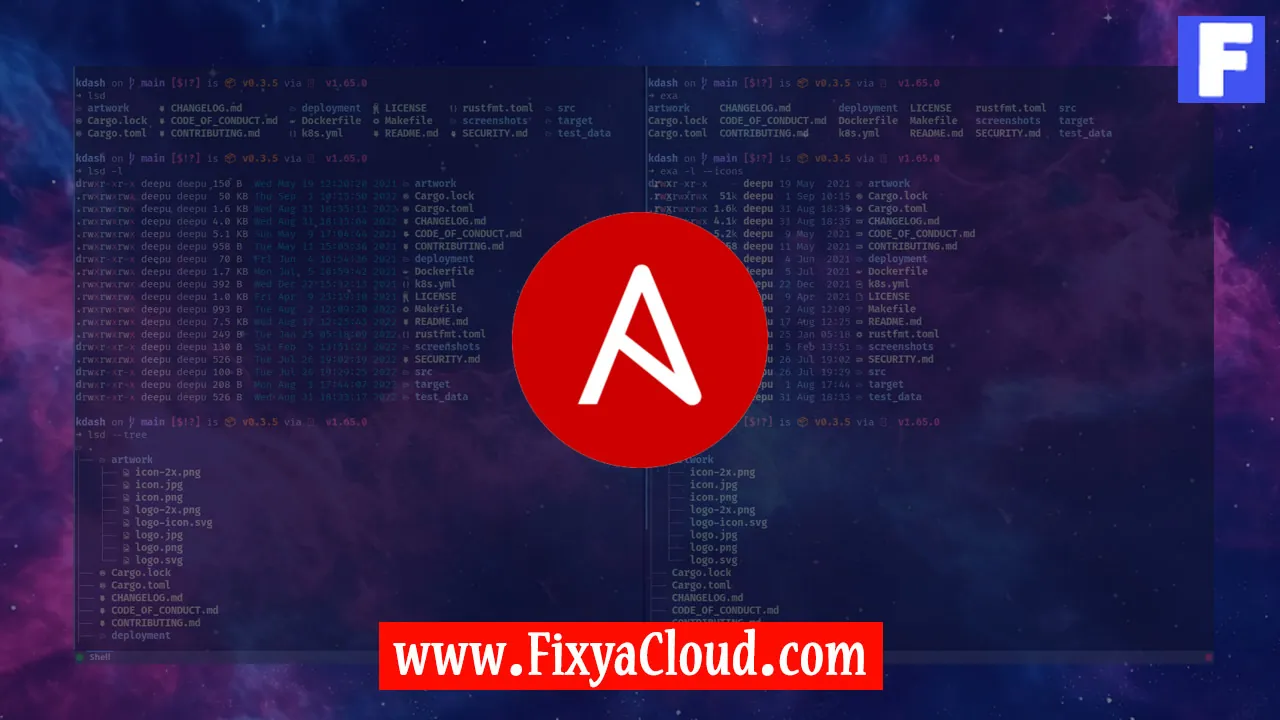Streamlining Infrastructure Management with Ansible and Terraform

In the dynamic landscape of modern IT operations, efficient infrastructure management is paramount. The need for automation tools has never been greater, and two of the most powerful players in this domain are Ansible and Terraform. When combined, these tools provide a robust solution for streamlining infrastructure management, offering a seamless and efficient approach to deployment, configuration, and orchestration.
Why Ansible and Terraform?
Before delving into the technical details, let's understand why Ansible and Terraform are a winning combination for infrastructure management. Ansible excels in configuration management and task automation, while Terraform specializes in infrastructure provisioning and orchestration. Together, they create a synergy that covers the entire infrastructure lifecycle.
Getting Started: Installation and Configuration
The first step is to ensure both Ansible and Terraform are installed on your system. You can install Ansible using your package manager (e.g., apt or yum) and Terraform by downloading the binary from their official website.
Commands:
# Install Ansible
sudo apt install ansible
# Install Terraform
wget https://releases.hashicorp.com/terraform/<version>/terraform_<version>_linux_amd64.zip
unzip terraform_<version>_linux_amd64.zip
sudo mv terraform /usr/local/bin/
Setting up Ansible Inventory:
Ansible relies on an inventory file to define the hosts it will manage. Create a simple inventory file (e.g., inventory.ini) and specify your target hosts.
Example inventory.ini:
[web_servers]
web1 ansible_host=192.168.1.1
web2 ansible_host=192.168.1.2
Creating Terraform Configuration:
Create a Terraform configuration file (e.g., main.tf) to define the infrastructure you want to provision.
Example main.tf:
provider "aws" {
region = "us-east-1"
}
resource "aws_instance" "web_servers" {
count = 2
ami = "ami-0c55b159cbfafe1f0"
instance_type = "t2.micro"
}
Integration: Using Ansible with Terraform
Now, let's integrate Ansible with Terraform to automate the configuration of the provisioned infrastructure.
Step 1: Run Terraform to Provision Infrastructure:
terraform init
terraform apply
Step 2: Use Ansible to Configure the Infrastructure:
Create an Ansible playbook (e.g., configure.yml) to install packages and perform configurations.
Example configure.yml:
- name: Configure Web Servers
hosts: web_servers
become: true
tasks:
- name: Install Apache
apt:
name: apache2
state: present
Run the Ansible playbook:
ansible-playbook -i inventory.ini configure.yml
Automating the Entire Process:
Combine the Terraform provisioning and Ansible configuration into a script for seamless automation.
Example deploy.sh:
#!/bin/bash
terraform init
terraform apply -auto-approve
ansible-playbook -i inventory.ini configure.yml
Run the script:
./deploy.sh
So, the integration of Ansible and Terraform provides a powerful solution for streamlining infrastructure management. By automating provisioning and configuration, this duo ensures consistency, scalability, and efficiency in your IT operations. Embrace these tools, unlock their potential, and witness a transformative shift in your infrastructure management strategy.
Related Searches and Questions asked:
That's it for this topic, Hope this article is useful. Thanks for Visiting us.
